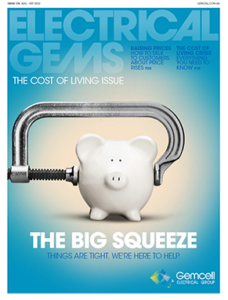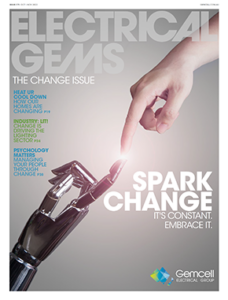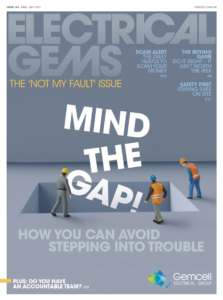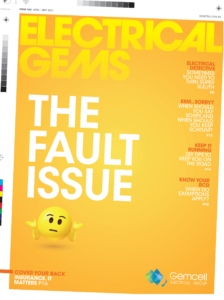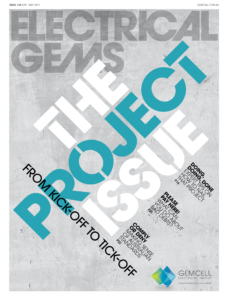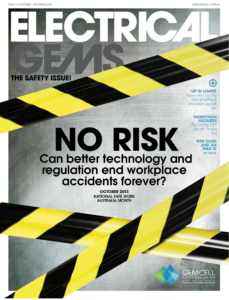Are you the boss? New legislation explains how to meet obligations to manage mental well-being in the workplace
In this Article:
Regs introduced last year prioritise mental health
You need to manage psychological risks
Mental health at work now matters more than ever
Gone are the days when keeping workers safe and healthy on the job meant only facilitating protection from dodgy wiring, faulty equipment and other on-site hazards. Under the Work Health and Safety Act – otherwise known as ‘WHS’ – employers must now safeguard psychological as well as physical wellbeing.
So important is mental health in the workplace that new legislation introduced in 2023 clarifies employers’ responsibilities to identify and manage risks to workers’ psychological health and safety.
Not keen to read through pages of government-speak?
Here’s what you need to know about the changes.
Understanding what’s changed in WHS regulations
For the first time, WHS regulations prescribe how employers must identify and manage psychosocial hazards – that is, aspects of work that have the potential to cause psychological or physical harm – to foster mentally healthy workplaces.
It might sound like HR mumbo jumbo, but some of the most common psychosocial hazards are probably things you’ve experienced or witnessed during your career. They include excessive workloads, little control over how or when work is done, poor support from the boss, and behaviours like bullying and harassment.
“When we say psychosocial, we’re basically talking about risks to mental health,” explains Katherine Taylor, Director of the Psychosocial and Consultation Policy team at Safe Work Australia.
“There’s the work demands side of things, but also the social side, like interpersonal relationships and interactions that can create stress. These include bullying, violence and aggression, as well as constant everyday rudeness that can make a workplace a pretty toxic environment.”
Under WHS regulations, employers must manage psychosocial risks in the workplace, but Katherine says the recent changes don’t include new responsibilities. Instead, they “help people better understand how to meet the duties that were already in the law,” she says.
“We found there was some confusion, and people were perhaps trying to support mental health but doing things that weren’t particularly effective in helping to make workplaces safer,” Katherine says.
“So the new regulations really step out a process to help manage psychosocial risks in a really logical way that’s very familiar to how people manage risk to physical health and safety.”
Consulting with your team on WHS regs
The first step is to work out if psychosocial hazards are lurking in your workplace. They can come from things like the way you manage workloads, your work environment and interactions between co-workers.
Katherine says talking with your team is the most effective way to find out if people are concerned about things like poor role clarity, inadequate recognition, and bullying. “Consultation is key because psychosocial risks may not be as obvious as physical hazards,” she says.
“You can add these conversations to toolbox talks or other physical safety consultations. You might ask if people are feeling stressed, burnt out or overwhelmed. Or whether they know what they’re meant to be doing at work and where to go for support. People might use different language, so it’s important to really listen.”
Once you know what you’re dealing with, the next step is to eliminate the problem or minimise it as much as possible. “Could you design work in a bit of a different way to reduce individual demands? Can you share the load among several people? Can you plan work differently so those stresses aren’t there?”
Sound familiar? Katherine says strategies to mitigate psychosocial risks are often similar to those used to manage physical risks – which is great news for contractors.
“Electricians are pretty good at understanding safety and the risk management process, and they’re good at identifying hazards and working out how to control them,” Katherine says. “And that’s really what you have to do for psychosocial risks.”
Common psychosocial hazards
A psychosocial hazard is anything that can harm someone’s mental health. These are some of the most common:
Why mental health matters at work
Aside from helping you be a good human and a respectful boss, managing psychosocial hazards can benefit your bottom line, Katherine explains.
“On average, psychological injuries have longer recovery times. They have a massive impact on the business in terms of costs, lost productivity, lost workers, higher absenteeism and higher staff turnover,” she says.
“Managing psychosocial hazards is great for businesses because it makes it a great place to work. People get along better and they’re more productive.”



















